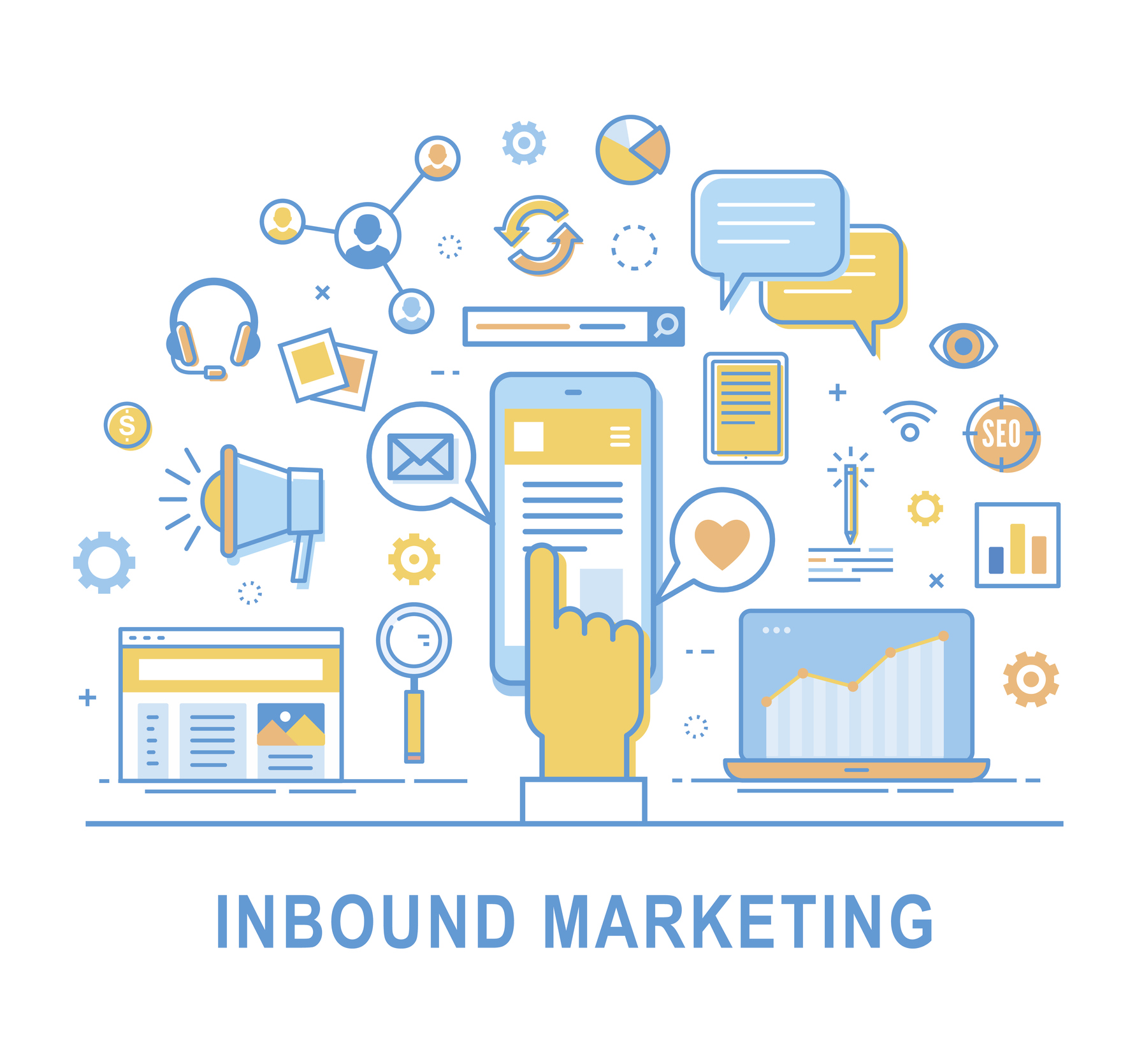
Marketing is a challenge for any business—but it can be especially difficult for nonprofits. For one thing, nonprofit marketing teams always seem to be big on ideas, but short on budget. For another, whereas most businesses are able to offer a clear "this for that" to get prospects to part with their money, nonprofits need to persuade skeptical donors to pay for something more intangible—the good feeling they get by helping those in need.
INBOUND MARKETING TO THE RESCUE
If any organization understands the challenges of nonprofit marketing, it's the ASPCA. In 2008, hurting for cash and looking for a marketing game changer, the ASPCA didn't go to direct mail or some other outbound strategy.
They decided to jump on the inbound marketing train with a 2-minute video—one featuring Sarah McLachlan singing "Angel." The combination of the haunting melody and video's ability to create a powerful emotional connection with viewers was inbound at its best.
And it was just what the doctor ordered. That video (according to the New York Times) raised $30 million for the animal protection giant, its biggest fundraising success story ever. It worked by leveraging classic inbound strategies: create realistic goals, know your audience, ground messaging in customer data, and find the best marketing channels and measure results. Inbound marketing for nonprofits can work!
HOW CAN YOUR NONPROFIT TURN THE CORNER WITH INBOUND?
No two nonprofits are precisely the same. Each has different prospects, different goals and different marketing challenges. For some, the main obstacle is content creation and curation. For others, it's a website that doesn't do what they want it to do—and doesn't effectively generate quality leads.
That said, most nonprofits will benefit from a plan that brings together the best inbound marketing practices, including the following 5:
1. CREATE REALISTIC MARKETING GOALS
Step one is a brainstorming session to elicit a wealth of ideas to engage your target audience. For example, if you're attempting to fund a capital project for a university, you could focus on ideas that will both meet your top infrastructure needs and resonate with prospective donors.
After whittling your list down to the 2 or 3 best ideas, think of ways to generate interest, things like a blog on the ways a new student center will enhance student experience. Finally, create SMART goals related to each idea—this will ensure our goals are "specific, measurable, attainable, realistic and time-bound."
2. DEFINE YOUR TARGET AUDIENCE
Most nonprofits will have several audience segments. In the case of higher education (to continue with that example), this might include prospective large gift donors, advocates and volunteers. Each has a different stake in the success of your marketing campaign, and each requires a different marketing approach.
One of the best ways to keep messaging compelling and persuasive for each group is by creating "buyer personas." These are fictionalized representatives of key market segments, each of which has different demographic and behavioral characteristics. For example, a persona for volunteers might appreciate a weekly or monthly email newsletter which keeps them informed about campaign progress, this as a way of showing your appreciation for their efforts on your behalf.
3. CREATE THE CONTENT FOR YOUR CAMPAIGN
Content marketing is arguably among the most effective of inbound strategies. For example, content marketing on average generates about 3 times as many leads as traditional, outbound marketing strategies, while costing about 60% less.
Content marketing builds trust by offering prospects answers to their most pressing questions and solutions to their most protracted problems. It's important to create all your content before you launch your campaign, to make sure it resonates with each marketing segment, and to deploy it leveraging the marketing channel each persona prefers (such as social media platforms or promotional emails).
4. SETTLE ON YOUR KEY MARKETING STRATEGIES
The strategies that work for one kind of nonprofit might not necessarily work for another kind. You need to do some research into the relative effectiveness of different marketing channels in your industry and, based on what you learn, craft strategies that best resonate with each market segment. For example, a university might get traction by creating an online version of its magazine (with a section that lists top donors) or an online version of its annual report.
5. MEASURE RESULTS
If you don't know what's working—and what isn't—in your campaign, you can't improve its performance. Accurately measuring results will include many things, but will definitely include using a robust analytics platform like Google Analytics.
If you have strategies to push prospects to an online donation page on your website, for example, you'll want to test how effective the content (whether from a PPC ad, organic search result or social media post) is in driving prospects to that page. The point is, measuring results will enable you to eliminate strategies that are failing, double down on those that are performing well, and tweak those that are under-performing.
CONCLUSION
Leveraging these and similar inbound strategies to build your nonprofit marketing campaign will help you take your nonprofit to the next level. But it can also be both complicated and confusing. That's where we can help.
To learn more about the ways our HubSpot implementation, digital marketing, and how marketing audit and strategy services can help your nonprofit succeed, contact us today.
